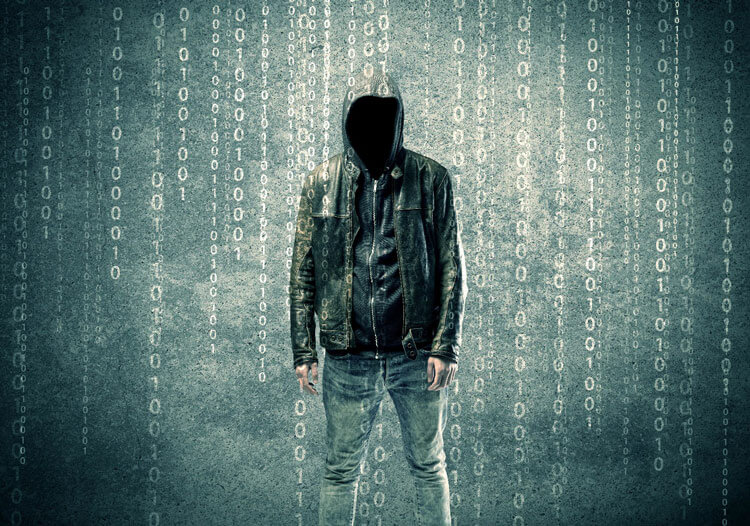The Biggest Cyber Threats To Businesses And Humanity
1) Social Hacking
 “Employees are still falling victim to social attacks. Financial pretexting and phishing represent 98 percent of social incidents and 93 percent of all breaches investigated,” says Securitymagazine.com.
“Employees are still falling victim to social attacks. Financial pretexting and phishing represent 98 percent of social incidents and 93 percent of all breaches investigated,” says Securitymagazine.com.
This means that the largest risk of a data breach comes from within: your own staff. 93% of all the data breaches investigated in the Securitymagazine.com report were traced back to a carelessly-opened email, malicious link, or other employee mishap. Most of these attacks were carried out through deliberate phishing (using phoney emails to dupe employees), a method that remains extremely effective to this day.
To minimize your risk:
- Set a BYOD Policy. Bring-your-own-device (BYOD) policies establish rules and procedures for bringing personal devices into work. Such a policy can help limit the risks imposed by allowing personal computers, phones, and other devices onto the company network.
- Set Privilage Polices. Limit employee access only to resources necessary to perform their jobs.
- Raise Awareness and Provide Training. Training your employees to recognize common cybersecurity risks can go a long way toward securing your business. An employee who knows how to spot a phishing attempt is far less likely to click a malicious link or open a suspicious file.
2) Ransomware
 Businesses of all sizes are being increasingly targeted in Ransomware attacks.
Businesses of all sizes are being increasingly targeted in Ransomware attacks.
These attacks use purpose-built malware to lock a business' network and/or encrypt their data.
Once the Ransomware has done its work, it will display a message damanding payment from the business to restore access or decrypt the files. These demands are usually requested in untraceable Bitcoin, and paying the ransom doesn't guarantee you'll actually have your access restored.
You can reduce your Ransomware risk profile by:
- Educating Your Employees. Again, teaching employees to spot and avoid phishing attempts is a huge first step. (In most cases, Ransomware finds its way into a network via such emails.)
- Using Virus/Malware Scanning for Email Attachments. An automated system that scans emails and their links and attachments before they're opened will reduce you risk considerably.
- Using Remote Data Backups. A cloud-based data backup can allow you to recover your lost data by reformatting the corrupted data storage drives and restoring them from the backup. Be sure to involve IT professionals at this point to ensure that the Ransomware is completely removed before restoring.
3) Use Active Cyber Security Monitoring.
Hackers will typically probe a business network to discover their weakest defenses -- and they need only ONE entry point to penetrate even the most robust defenses.
A New York Times Dealbook article published after the JP Morgan breach in 2014 stated, “JPMorgan’s security team had apparently neglected to upgrade one of its network servers with the dual password scheme, the people briefed on the matter said. That left the bank vulnerable to intrusion.”
Because a single asset on the network didn’t have that DFA authentication upgrade it became an easy entry point for an immense breach.
As we like to say, it doesn't matter how good the locks on your door are if you leave your windows open.
IT asset and security audits are a great way to ensure a full-coverage cybersecurity situation. Risk assessments can further help identify gaps in your cyber threat protection and guide you to the best solutions. So, patching and upgrading your system to remove vulnerabilities again becomes an important asset for cyber security. Do you think that Patching is more important than an antivirus software, comment down below.
- CREATED WITH THE AID OF GETGDS AND AKTech.










No comments